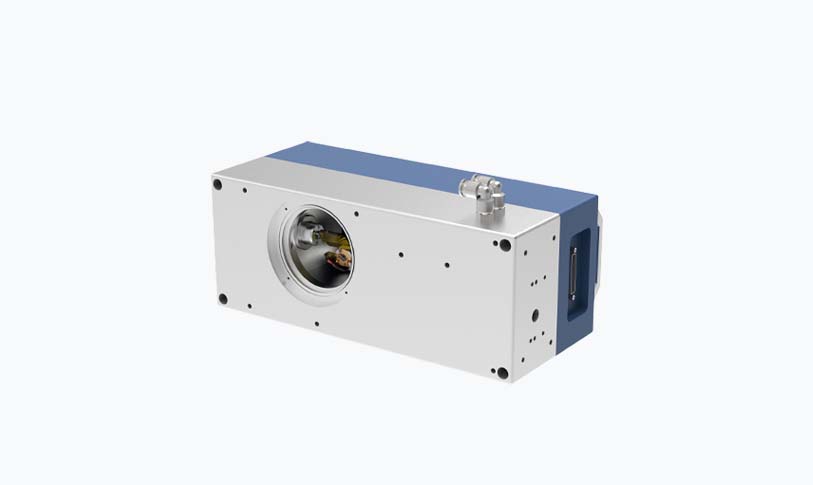[uv femtosecond laser]The Application of UV Femtosecond Laser in Microfabrication: Advantages and Challenges
News 2025-4-21
With the advent of modern technology, UV femtosecond lasers have become a pivotal tool in various fields, especially in microfabrication. These lasers offer a range of advantages that make them stand out from traditional laser sources, but also come with their own set of challenges.

The Application of UV Femtosecond Laser in Microfabrication: Advantages and Challenges
UV femtosecond lasers emit ultraviolet (UV) light with a pulse duration in the femtosecond range, which is extremely short in time scale. This type of laser offers high precision and high resolution, enabling it to perform complex microfabrication tasks.
Applications in Microfabrication
Microfabrication is an essential process in various industries, including electronics, biotech, and medicine. UV femtosecond lasers are particularly suitable for this process due to their precision and high resolution capabilities. Some specific applications include:
1. Microelectronics: UV femtosecond lasers are used to create fine structures in silicon wafers for semiconductors and integrated circuits. They can also be used to perform accurate cutting and drilling tasks.
2. Biotechnology: These lasers are used for precise cutting and modification of biological materials such as DNA and proteins. They are also employed in surgical procedures due to their high precision and minimal damage to surrounding tissue.
3. Medicine: UV femtosecond lasers are used in ophthalmology for refractive surgeries such as LASIK and cataract operations. They provide high precision cutting and ablation capabilities, enabling doctors to perform surgeries with greater accuracy and efficiency.

The Application of UV Femtosecond Laser in Microfabrication: Advantages and Challenges
1. High Precision: UV femtosecond lasers offer sub-micron resolution, enabling them to perform tasks with high precision and accuracy.
2. High Speed: These lasers can operate at very high speeds, making them suitable for mass production and high-volume manufacturing.
3. Low Thermal Damage: Due to their short pulse duration, UV femtosecond lasers cause minimal thermal damage to surrounding materials, ensuring precise cuts and minimal collateral damage.
Challenges of UV Femtosecond Lasers
Although UV femtosecond lasers offer numerous advantages, there are also some challenges associated with their use. One of the main challenges is the high cost of these lasers, which can be a barrier for small businesses and research institutions. Additionally, the complexity of operating these lasers requires highly skilled personnel, which can be a challenge to find in some areas.
Conclusion
